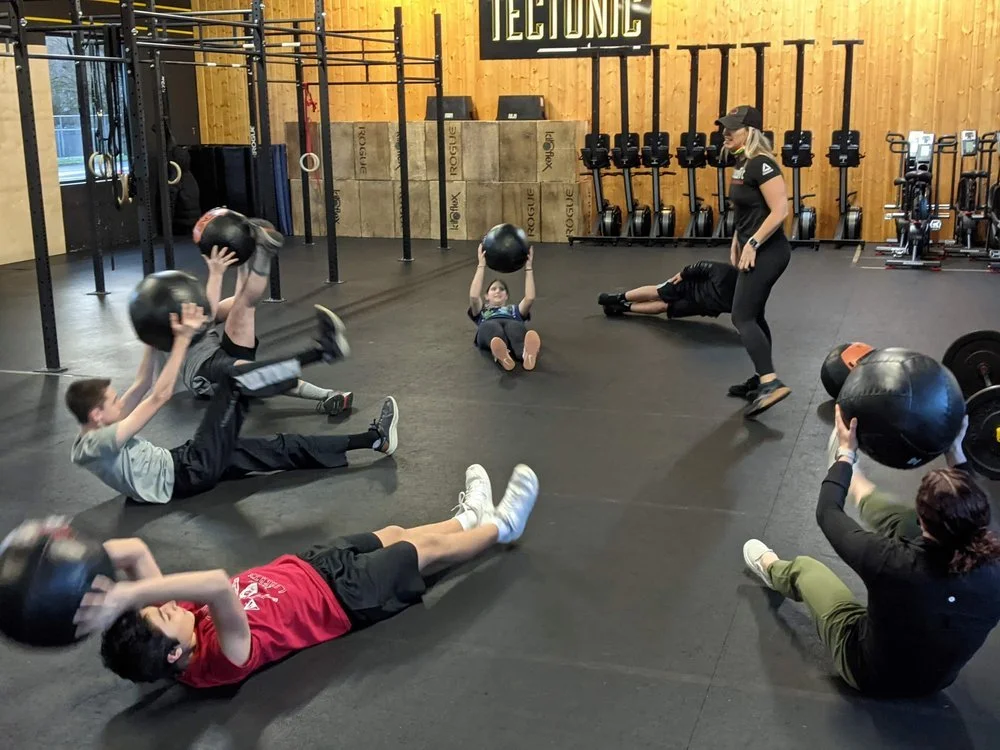What is Prioritization in Coaching?
Observing
Tectonic instructs its coaches to think of prioritization in terms of “triage”, the ability to identify problems, assess severity, and assign focus based on highest ROI. As a common example, while training back squats, a coach sees an athlete who:
Lacks consistent range of motion (in this case, depth).
Shifts their balance forward towards the balls of their feet as they descend.
Demonstrates egregious inward knee caving in their ascent.
Assessing
In this case, applying the concept of “triage,” the coach’s responsibility here is not only to be able to observe these 3 traits, but also to assess the fundamental nature of these traits.
Should the athlete adjust the width of their squat stance in order to correct their balance?
Is their squat depth issue caused by inflexibility, joint immobility, low kinesthetic awareness, psychology, or something else entirely?
Is their knee position impacted by a strength imbalance between their hip abductors and their hip adductors or do they just need a coaching cue that will remind them where to track their knees?
Tectonic clients utilize weighted box step ups to work on functional strength and balance. A good coach can prioritize how to guide athletes through this movement complex.
The Ability to Cue Accordingly
Prioritizing the Wrong Error
If the coach incorrectly prioritizes a lower-priority error (in this case, focusing on squat depth before addressing the trainee’s balance or their knees), the athlete’s progress will be stunted, as higher priority errors often produce other errors downstream, both major and minor.
Failing to Prioritize
If the coach fails to prioritize and addresses too many technical flaws at once, the trainee’s comprehension, retention, and execution of the corrections drop precipitously.
Both of the above outcomes cultivate frustration, confusion, and a sense of defeatedness in an athlete; Both also significantly increase probability of injury (which is to say these practices increase the occurrences of injury in a given population).
The Capacity for Group Classes
Multiple Clients
Coach Erica guides a group of youth clients through an end of the hour core session utilizing med ball sit ups.
In the context of group training (as opposed to individualized), this same concept extends to working with a class. When observing 2 or more athletes simultaneously, providing feedback to the one with highest-severity needs (performing their movement injuriously) is crucial before attending to those with less-acute but nonetheless nuanced and important needs (say, helping an athlete improve the timing of their turnover in the snatch).
This process is typically daunting for non-coaches to consider and for novice coaches to implement. However, with experience and proper oversight, it becomes both instinctive and instantaneous for a coach. These abilities stand essential and utterly fundamental for any coach to achieve even marginal efficacy with a trainee.
The Decision to Learn and Execute Responsibly
Coach Paola provides feedback between sets focused on raw pressing strength.
You will hear us describe a coach’s prioritization skills this way because it strikes us as unthinkable to attempt to coach others without having developed this basic skill.
Novice coaches are indeed slightly terrified of this responsibility because of its primacy.
Tectonic stands as the only functional strength and conditioning gym in Vancouver in no small part because we’ve cultivated coaches with a skillset to execute such a format.
A “strength and conditioning program” is what collegiate and high level sports trainers refer to when providing their expertise for developing highly functional athletes.
You can gather more information about how we tailor effective training programs for everyday people on our website and by contacting us for a free consultation.



